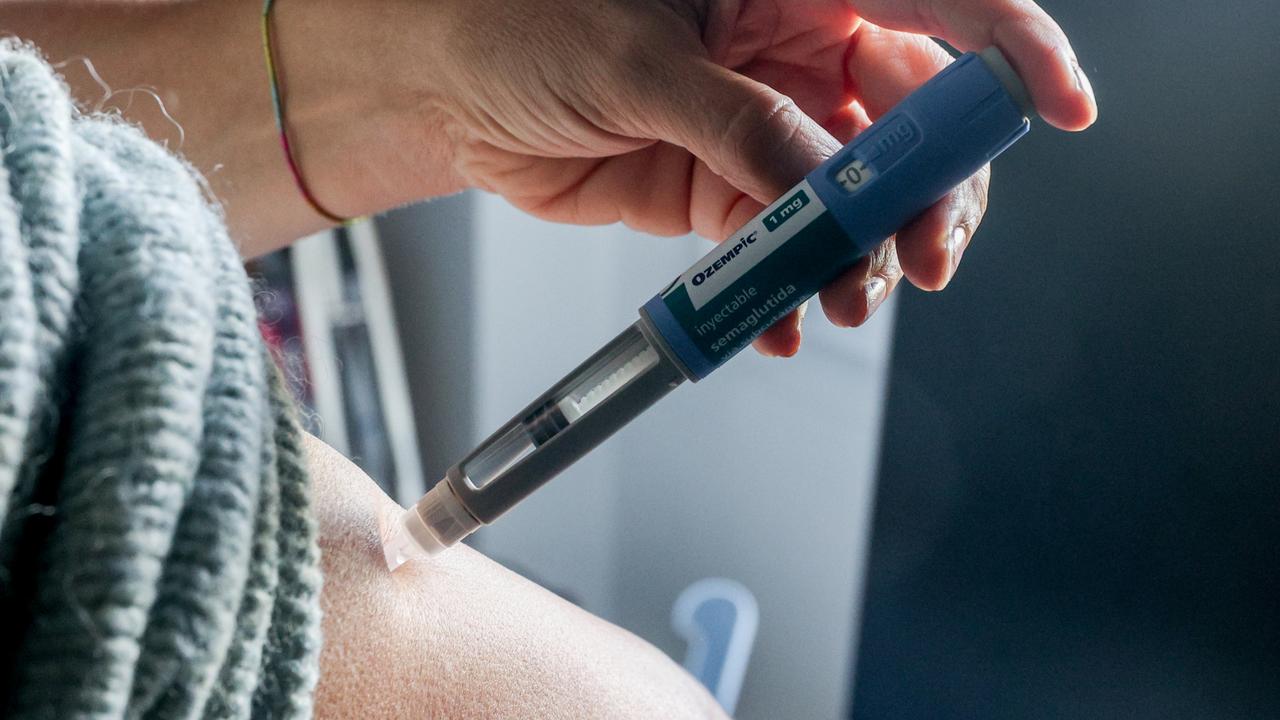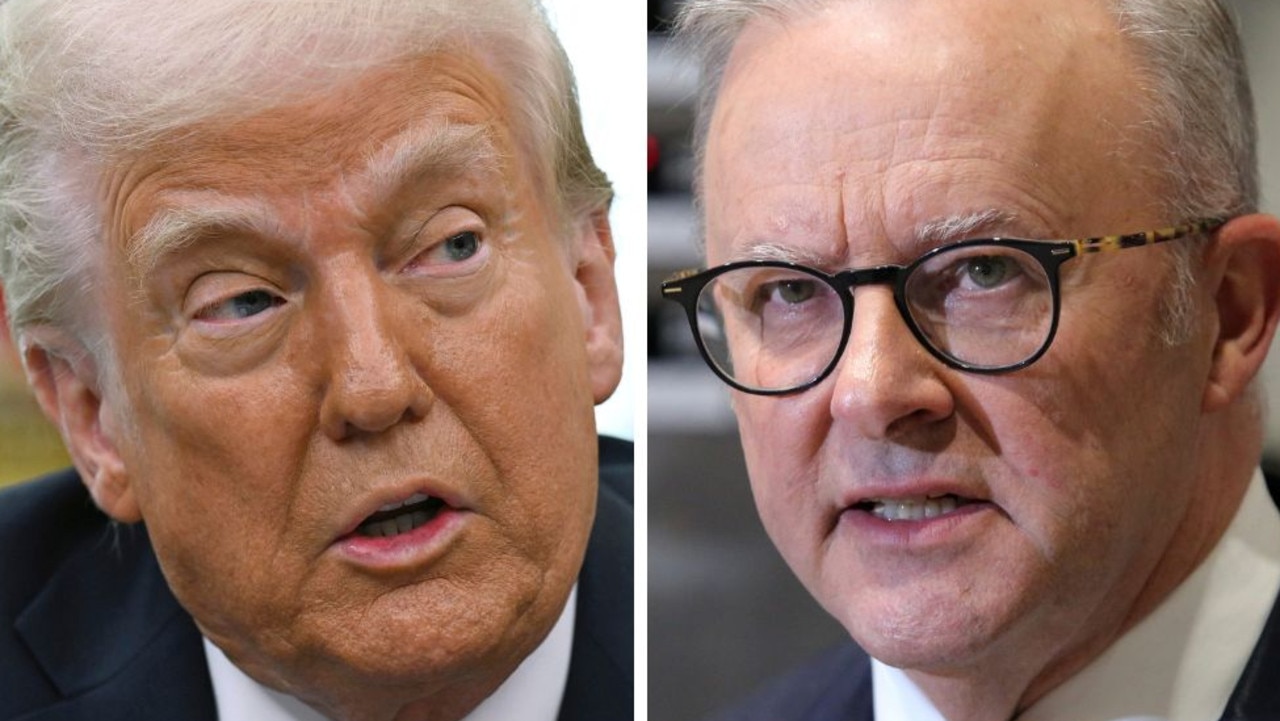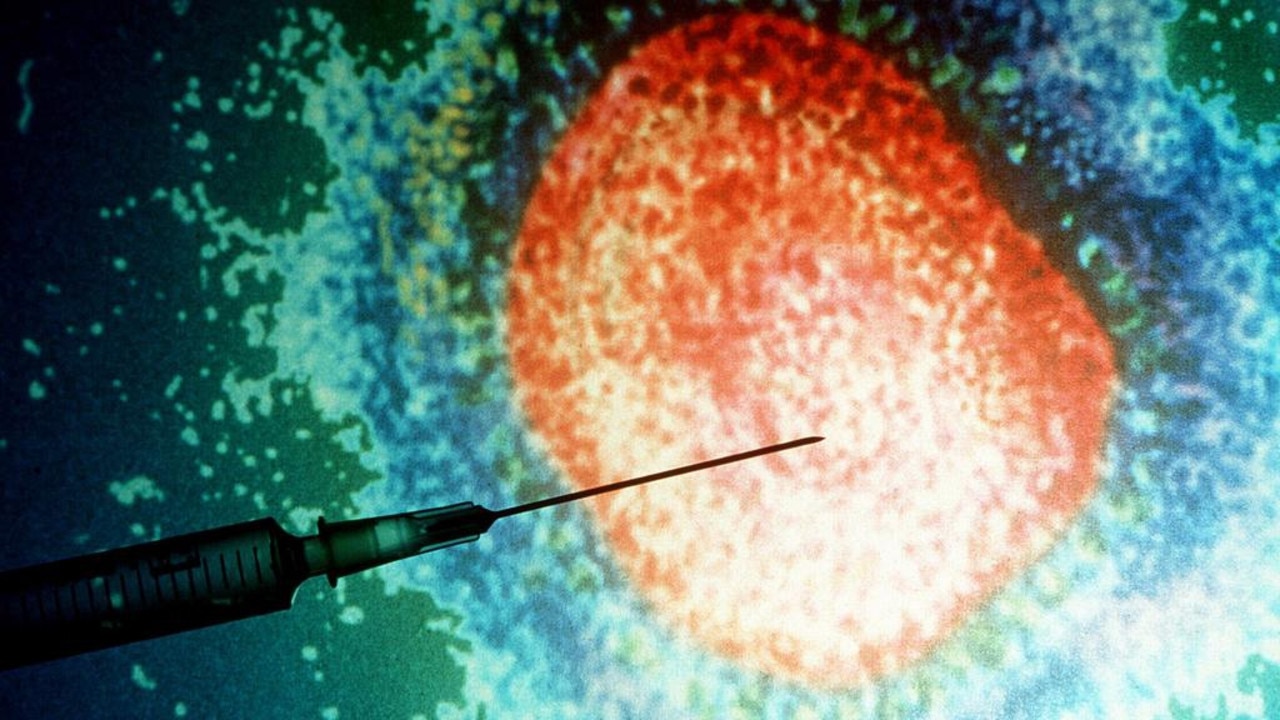Authorities remove more than 75 tonnes of toxic sewage balls, sand from Sydney’s beaches
Authorities underwent a massive sweep of Sydney’s shoreline so people could enjoy lifesaving clubs and beaches free of the so-called ‘tar balls’, and they unearthed a dirty secret.
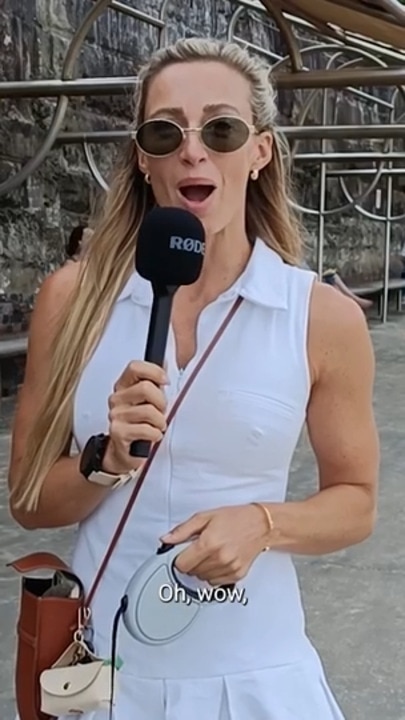
National
Don't miss out on the headlines from National. Followed categories will be added to My News.
More than 75 tonnes of toxic sewage balls and sand were removed from the waters off beaches in Sydney’s eastern suburbs during a multiagency government cleanup operation.
New documents obtained under freedom of information laws shed light on the so called “tar balls” that forced the closure of several popular beaches in Sydney including Bondi and Coogee.
The balls, some of which were positive for Entercocci, e.Coli and thermotolerant e.Coli, were kept at lifesaving clubs in the eastern suburbs including Maroubra.
The mix of sand, faeces, hair, PFAS chemicals, medication, pesticides, fatty acids and veterinary and recreational drugs were stored inside skip bins inside fenced off areas outside the surf clubs.
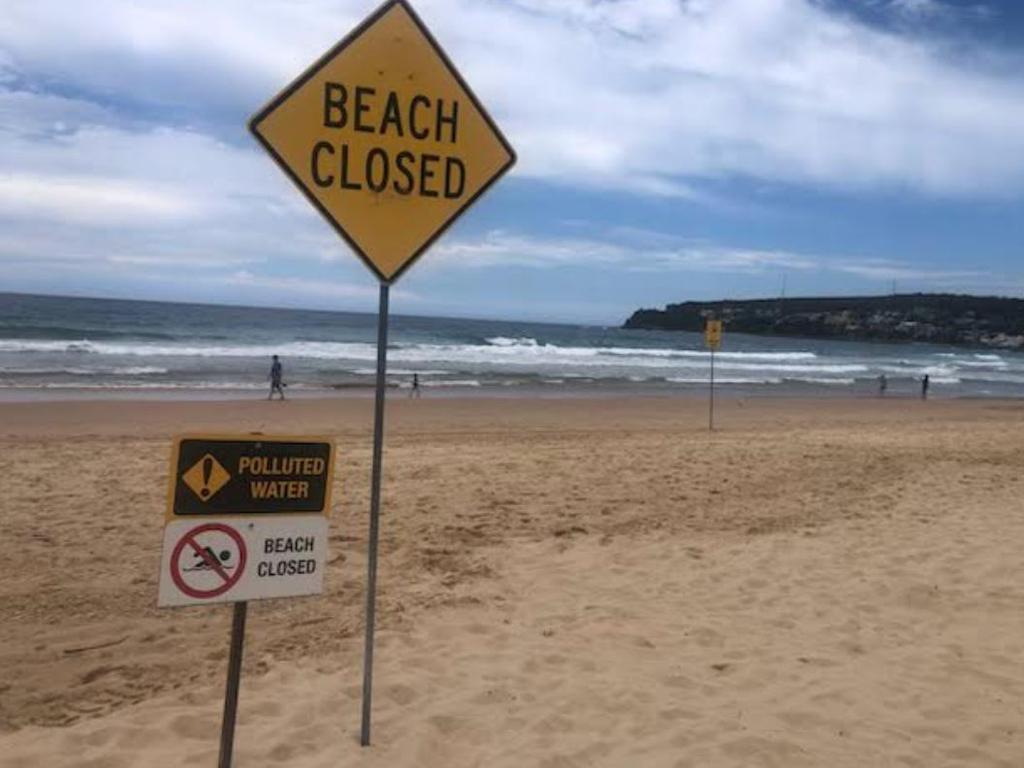

Preliminary testing undertaken by the Environmental Protection Agency on October 18 and given to NSW Maritime detected Entercocci, e.Coli and thermotolerant e.Coli.
Entercocci, e.Coli and thermotolerant e.Coli are linked to a range of illnesses including diarrhoea, meningitis and gastrointestinal and urinary tract infections.
NSW Maritime, then the lead agency in charge of the clean up operation, was informed of the preliminary testing results on October 18 but did not inform the public of the presence of the highly infectious bacteria when it approved the reopening of the beaches the same day.
A Transport for NSW spokesperson said the positive results were preliminary and the makeup of the mysterious balls had not been confirmed before the advice to reopen the beaches was issued.
“Based on preliminary advice, we notified the public that the balls were made up of fatty acids, chemicals consistent with those found in cleaning and cosmetic products, mixed with some fuel oil,” she said.
“The investigation into the conclusive make-up of the balls by the EPA was ongoing at the time and final test results had not been received.”
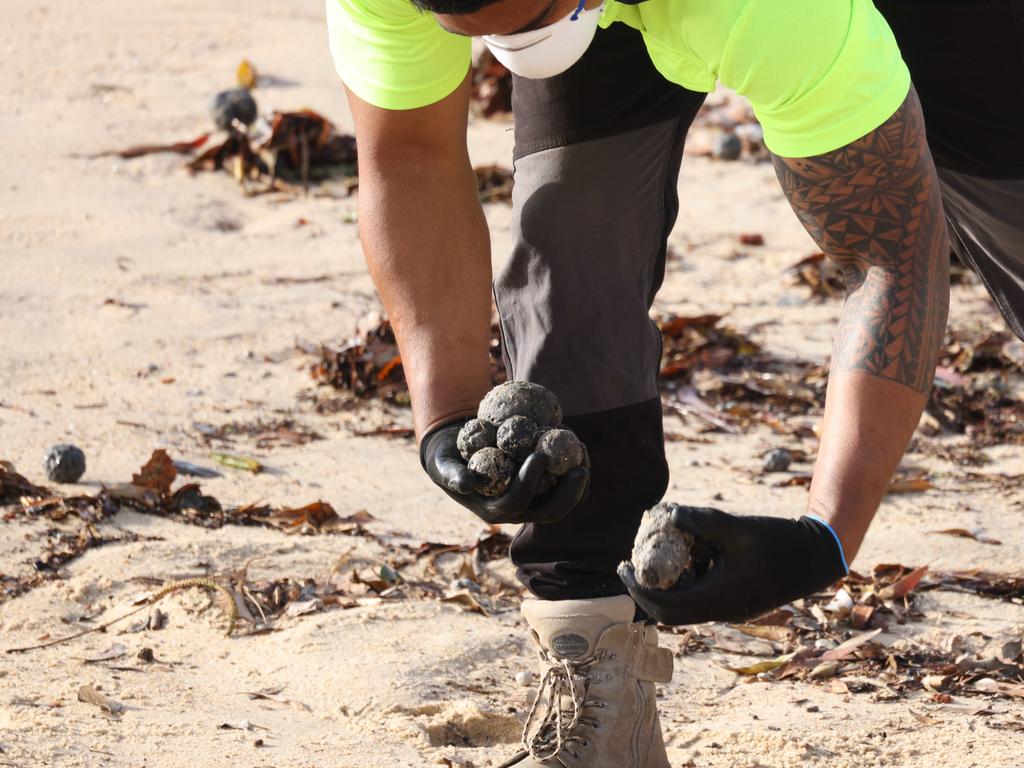
Beaches in the Randwick local government area including Coogee reopened on October 19 after the EPA received preliminary testings results confirming the presence of Entercocci, e.Coli and thermotolerant e.Coli.
A Randwick Council spokesperson said they had not been told the balls had tested positive for the highly infectious bacteria.
“The EPA classified the debris as a mixture of general solid waste and restricted solid waste, requiring that the material be double bagged, consolidated into bins and isolated with fencing,” he said.
“The material was temporarily stored at Botany Road Sanitary Depot, a Council owned site identified in collaboration with the EPA between 24 October and 22 November 2024, after which time it was disposed of at a suitable approved facility.”
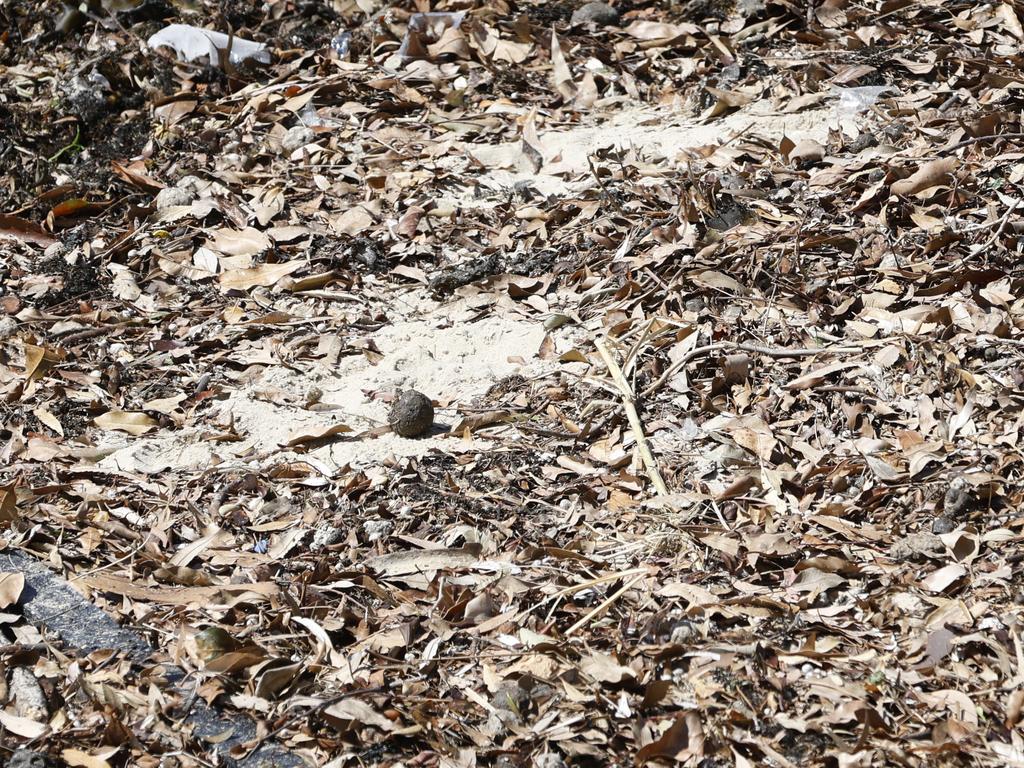
Coogee resident John Snowden said the state government and council should have alerted residents to the presence of the highly infectious bacteria in the balls.
“Clearly they should let us know if it’s dangerous to swim,” he said.
“They’re obviously aware of the tar balls because there was a lot of publicity about that, but I don’t remember us being told there was E. Coli in them.”
The balls were disposed of at a landfill at Kemps Creek in Sydney’s far west.
The EPA released final testing results on December 2 that did not disclose the presence of Entercocci, e.Coli and thermotolerant e.Coli but instead referenced “bacteria which are commonly associated with wastewater”.
This masthead approached Waverley Council for comment.
More Coverage
Originally published as Authorities remove more than 75 tonnes of toxic sewage balls, sand from Sydney’s beaches



